Clark Griffith, AIA
Recent Posts
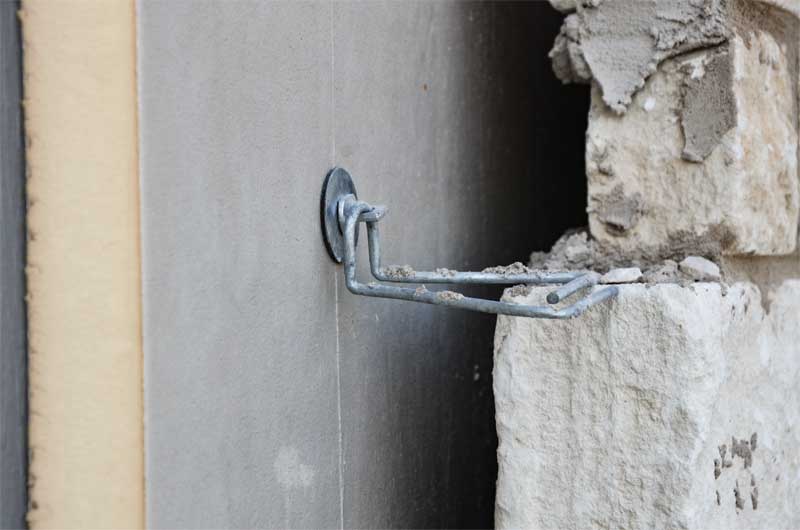
Specifying rigid foam insulation for masonry cavity walls
[fa icon="calendar'] Aug 20, 2019 9:45:00 AM / by Clark Griffith, AIA
The use of masonry cavity walls dates back over a hundred years and is still thriving today. However, the use of masonry in cavity walls has evolved to meet the performance needs and building specifications of 21st century buildings.
Read More [fa icon="long-arrow-right"]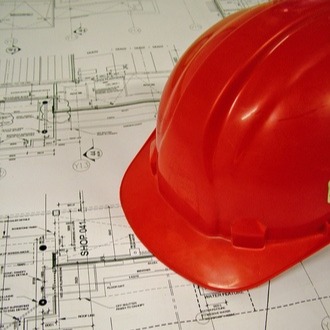
The Most Commonly Claimed Issues in Construction Defect Litigation
[fa icon="calendar'] Jun 20, 2019 8:45:00 AM / by Clark Griffith, AIA
As forensic architects, engineers, and construction consultants CCA regularly investigates construction defect claims and provides litigation support.
David M. McLain of Higgins, Hopkins, McLain & Roswell, LLC recently wrote a very relevant post, What are the most commonly claimed issues in construction defect litigation?, which was based on a prior study regarding the most cited types of construction defect cases. David McLain concluded that the most commonly cited claims fall into three core areas:
- Civil Issues
- Building Envelope Issues
- Roof Issues
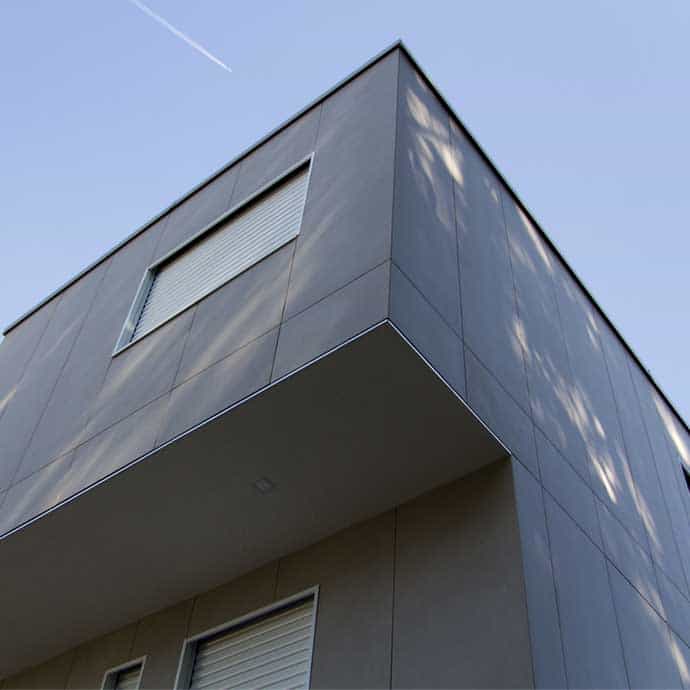
Identifying Tile Failure
[fa icon="calendar'] Jun 6, 2019 9:45:00 AM / by Clark Griffith, AIA
The devil is in the details. One year following the completion of a building in the Mid-Western United States, the tile on the exterior had begun to loosen and fall. The tile was selected for commercial-outdoor use, and could withstand freeze-thaw, thermal-shock conditions, and were frost resistant. If the above was true, then what was causing the failure?
Read More [fa icon="long-arrow-right"]
Breaking ground on Boston’s Fenway Center
[fa icon="calendar'] Feb 27, 2018 11:30:00 AM / by Clark Griffith, AIA
After 15 years of delays, set-backs, and challenges, construction has finally begun on Boston’s much anticipated Fenway Center.
Read More [fa icon="long-arrow-right"]
Everything Leaks: Testing & diagnosing roofing leaks
[fa icon="calendar'] Feb 15, 2018 11:00:00 AM / by Clark Griffith, AIA
Most roofs are not watertight all the time. Roofing systems, both low-sloped (flat) and pitched, will most likely eventually spring a leak, even with the proper recommended maintenance and inspections. But what about newly installed low-sloped roofs, can one expect those to be watertight? Typically, on a newly constructed building, any minor leaks that turn up during construction can be dealt with immediately by the installer. Also, newly installed roofs on new and old buildings will undergo inspections and sometimes specified testing of seams and components for issuance of the manufacturer’s and installer’s warranty of water tightness for a specified period of time. However, ensuring that your newly installed roof is absolutely watertight becomes more critical if it is being covered by rock ballast or a landscaped greenspace or if the roof protects valuable artwork or irreplaceable property. Determining the location, origin, and extent of wet substrates is also critical for existing buildings when trying to determine if repair or complete replacement is more appropriate.
Read More [fa icon="long-arrow-right"]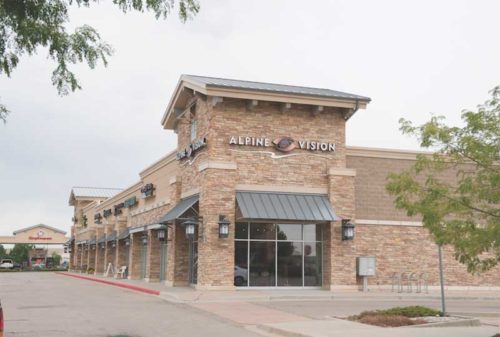
Adhered Manufactured Stone Veneer: Manufacturing performance for the winter
[fa icon="calendar'] Feb 1, 2018 10:00:00 AM / by Clark Griffith, AIA
An Adhered Masonry Veneer system (AMV) is defined as “masonry veneer of natural or manufactured stone, secured to and supported by the backing through adhesion” and are sometimes called “lick and stick” systems. The more typical masonry brick veneer system has a drainage cavity behind and the veneer is supported on itself and anchored with metal ties. Exterior AMV wall components can vary, but they are similar to a stucco system with a weather resistive barrier, scratch coat with embedded wire lath, and a finish coat of adhesive mortar.
The design and installations of AMV can be challenging since relevant building codes and industry standards are not well known or understood, and the system relies heavily on workmanship and selecting the right materials. This is particularly true when choosing a manufactured stone rather than costlier natural stone, and when used in freeze-thaw climates.
Read More [fa icon="long-arrow-right"]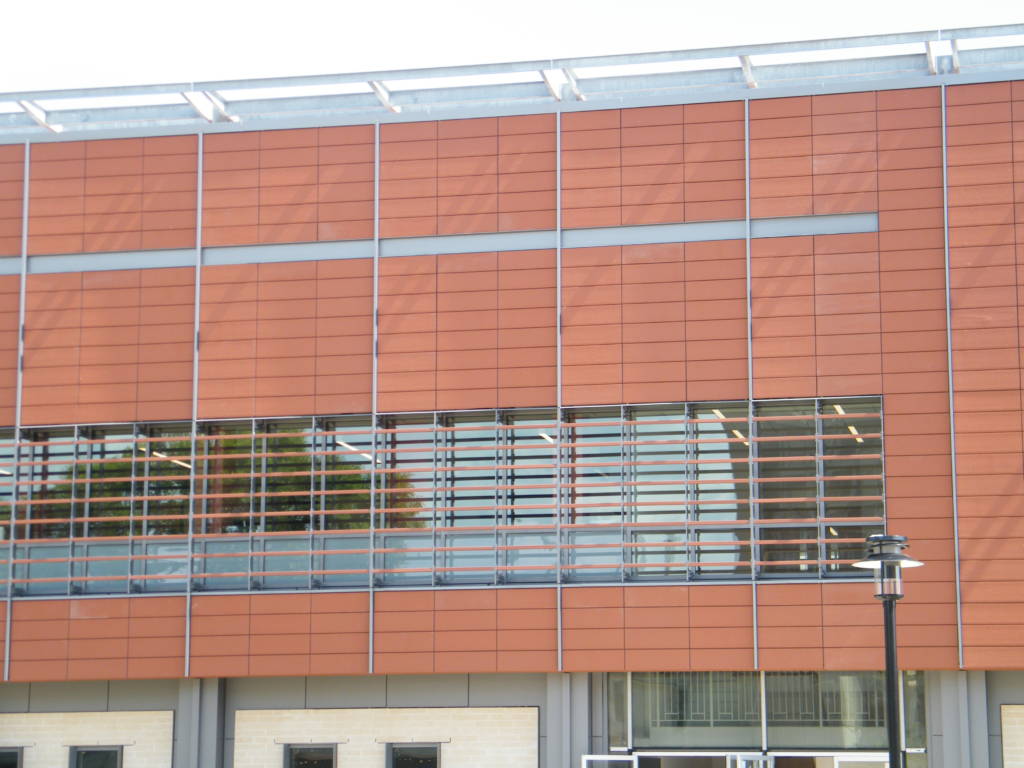
Building an Envelope Warranty
[fa icon="calendar'] Jan 11, 2018 11:00:00 AM / by Clark Griffith, AIA
When plans for buildings are being laid out and constructed many parties are often involved including the owner, architect, general contractor, and sub-contractors. One of the key areas of planning is waterproofing the structure so that leaks do not occur. In many cases a rainscreen system is built and put in place.
Read More [fa icon="long-arrow-right"]
Built to burn: Thousands of buildings worldwide are wrapped in combustible panels
[fa icon="calendar'] Jan 4, 2018 11:00:00 AM / by Clark Griffith, AIA
A high school in Alaska, a National Football League stadium, a Baltimore high-rise hotel and a Dallas airport terminal are among thousands of structures world-wide covered in combustible-core panels similar to those that burned in June's deadly London fire.
Read More [fa icon="long-arrow-right"]Man with Walnut Allergy Dies on Construction Site
[fa icon="calendar'] Nov 30, 2017 10:00:00 AM / by Clark Griffith, AIA
Alberta Occupational Health and Safety investigators are looking into the death of an Edmonton man with a nut allergy who died after visiting a work site where walnut shells were used to blast paint off walls.
Recently alternatives to sandblasting including the use of walnut shells, coconut shells and corn cobs have been widely used in the construction industry over the last decade.
Read More [fa icon="long-arrow-right"]College students study sustainable architecture overseas
[fa icon="calendar'] Nov 12, 2015 11:48:42 AM / by Clark Griffith, AIA
In the current landscape, sustainability and green architecture and building are key. Just as important is learning from others across the globe who are facing similar challenges to those we have in the United States.
Reported by The Argonaut, University of Idaho College of Art and Architecture students went overseas to study sustainable architecture in Scotland, Glasgow, Wales and London, learning about how to integrate sustainable living practices with architectural design.
Read More [fa icon="long-arrow-right"]
